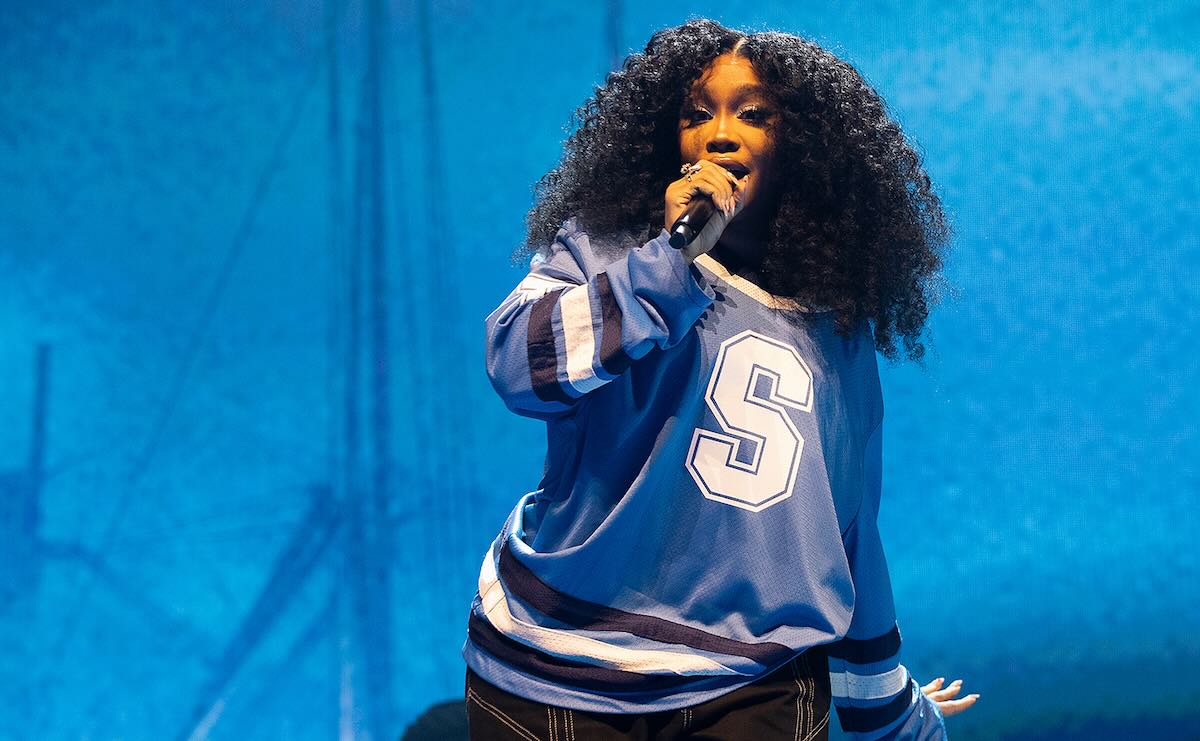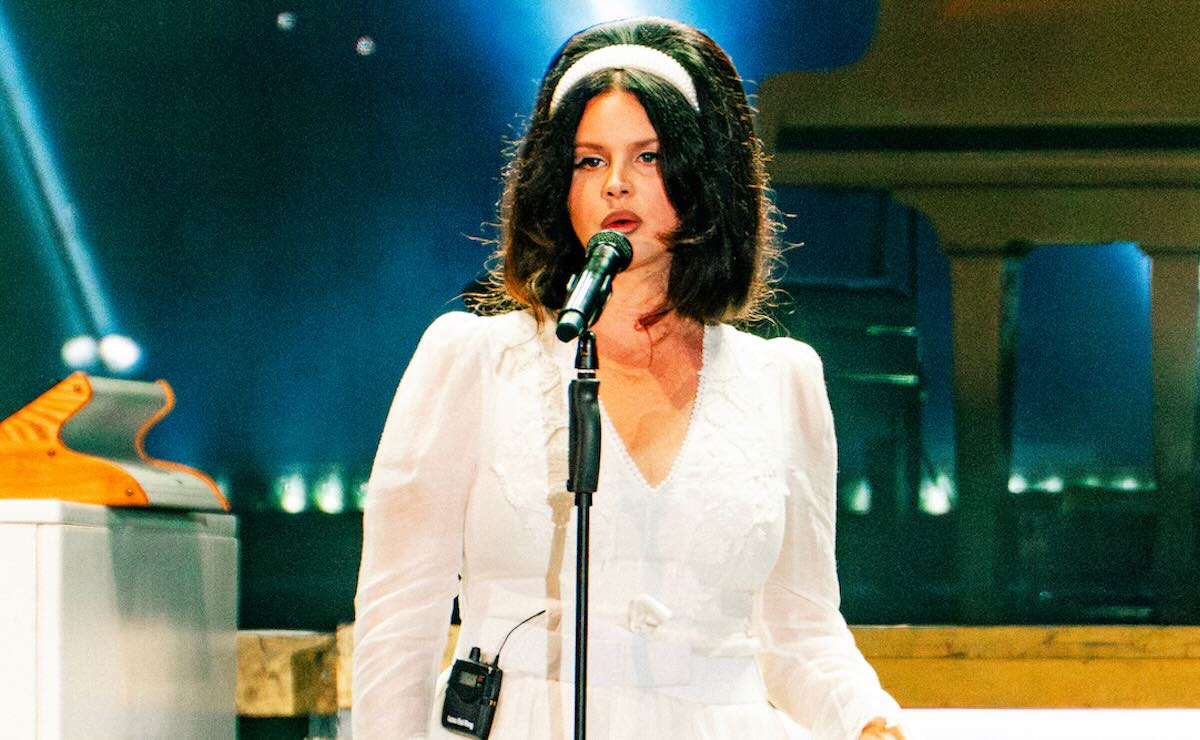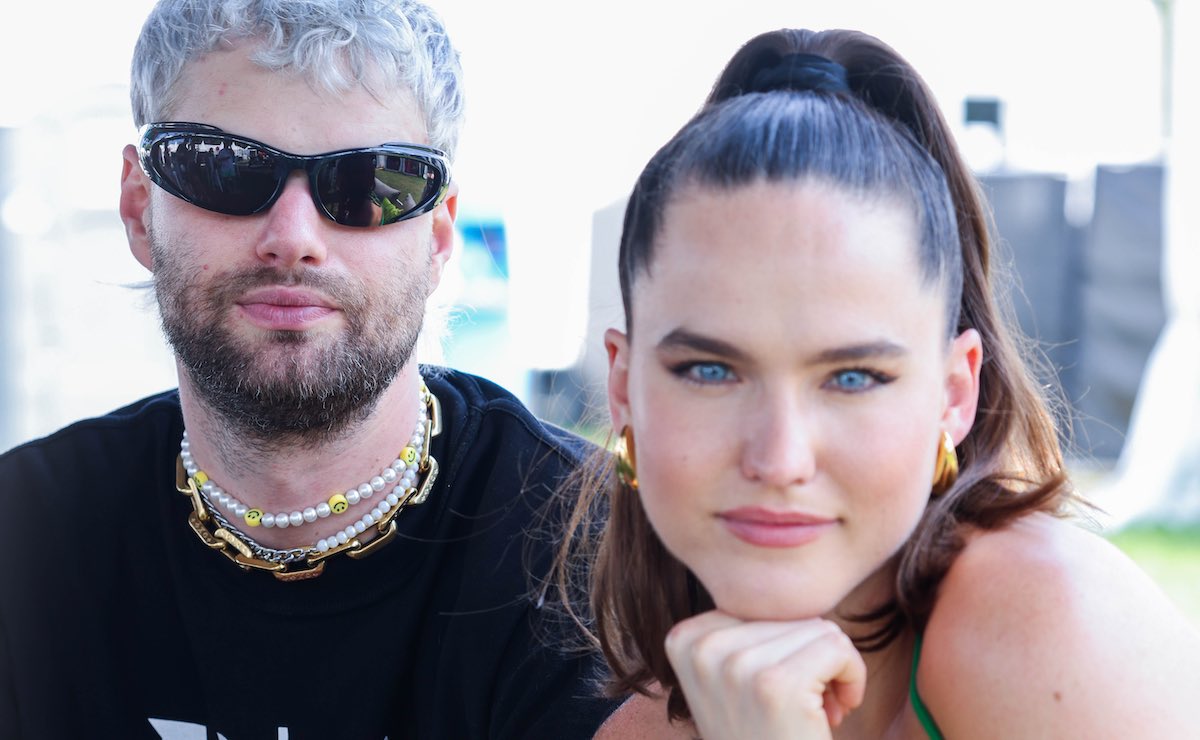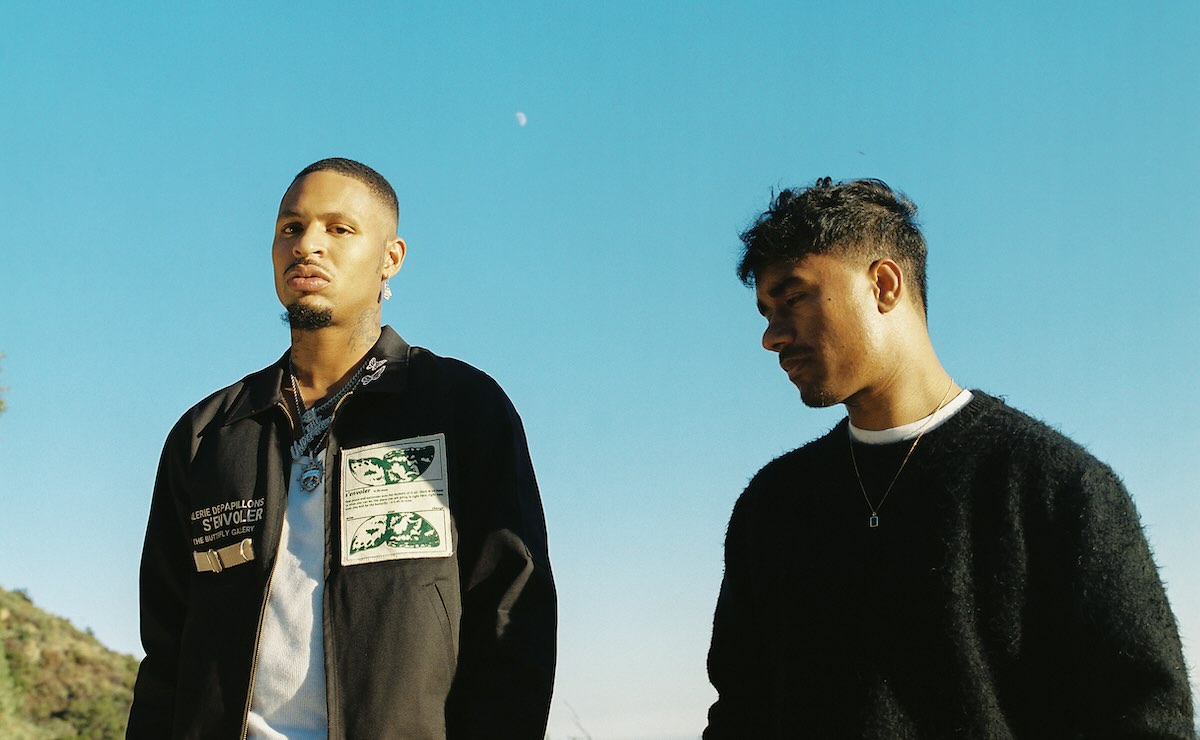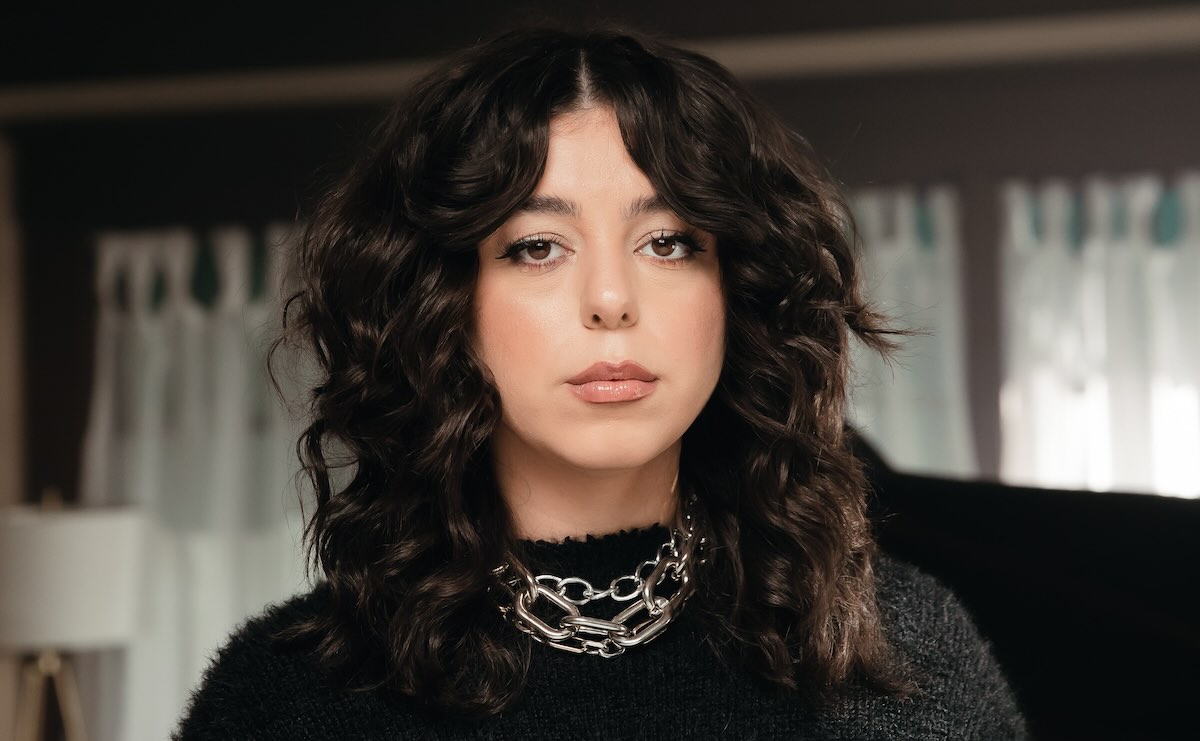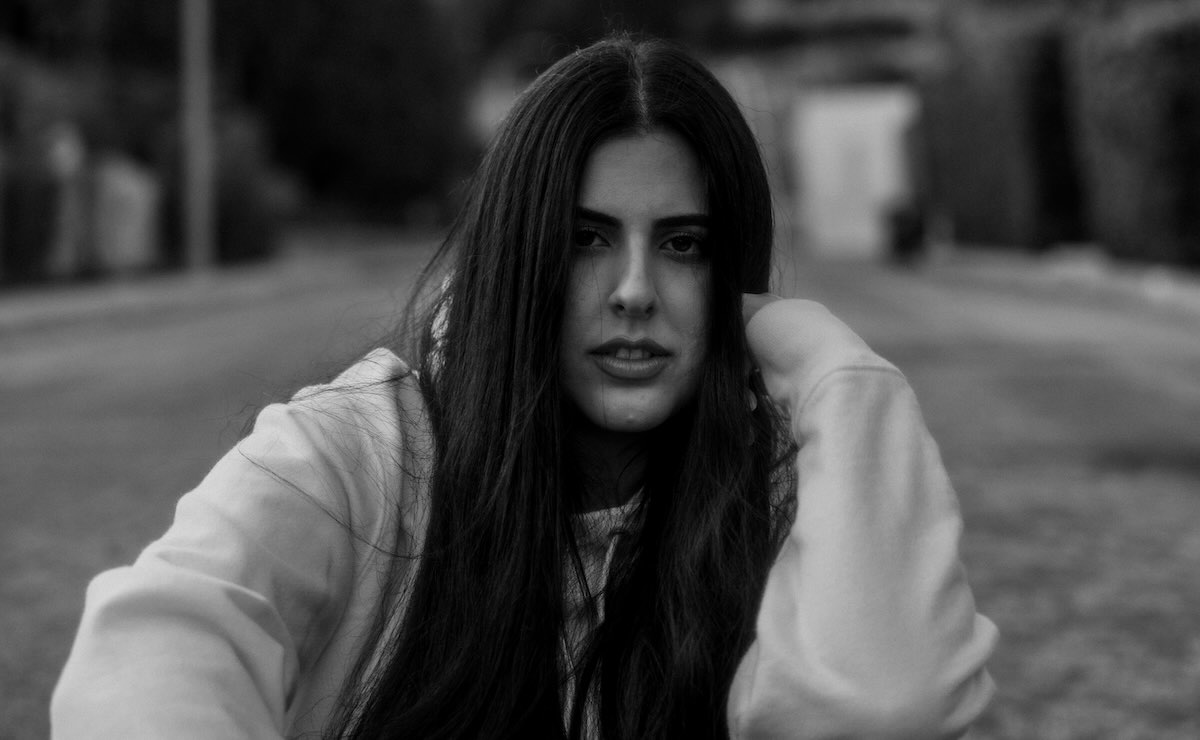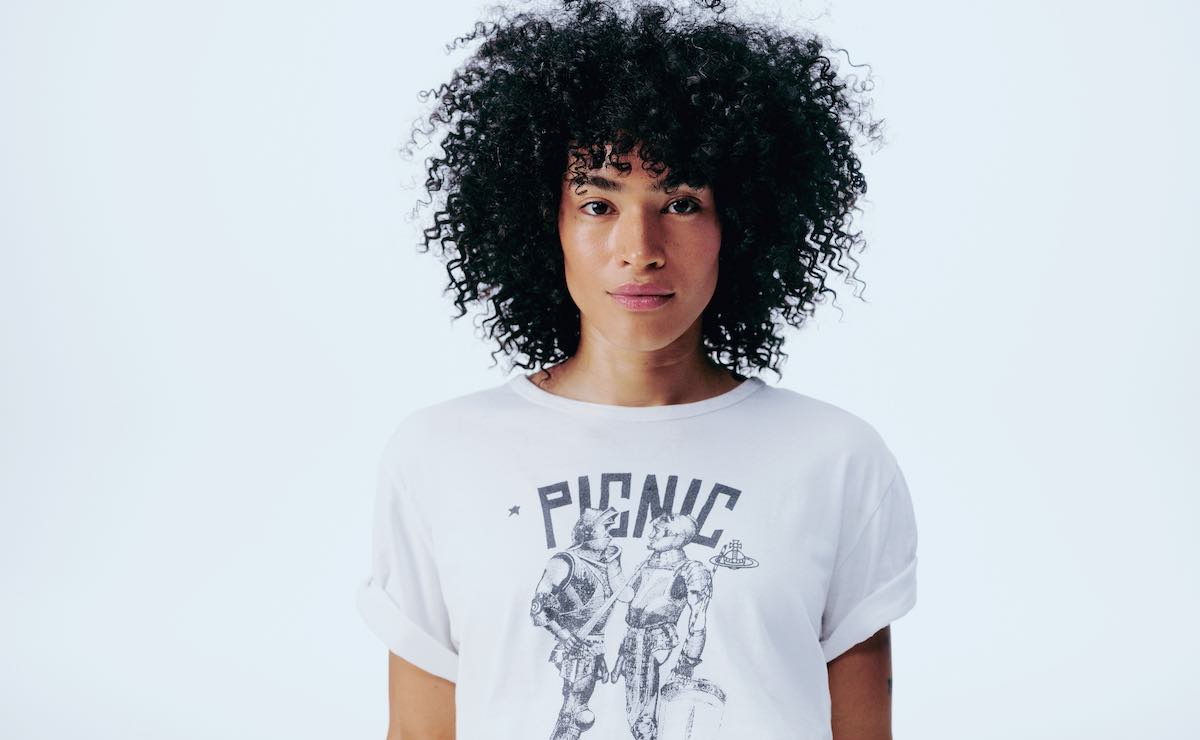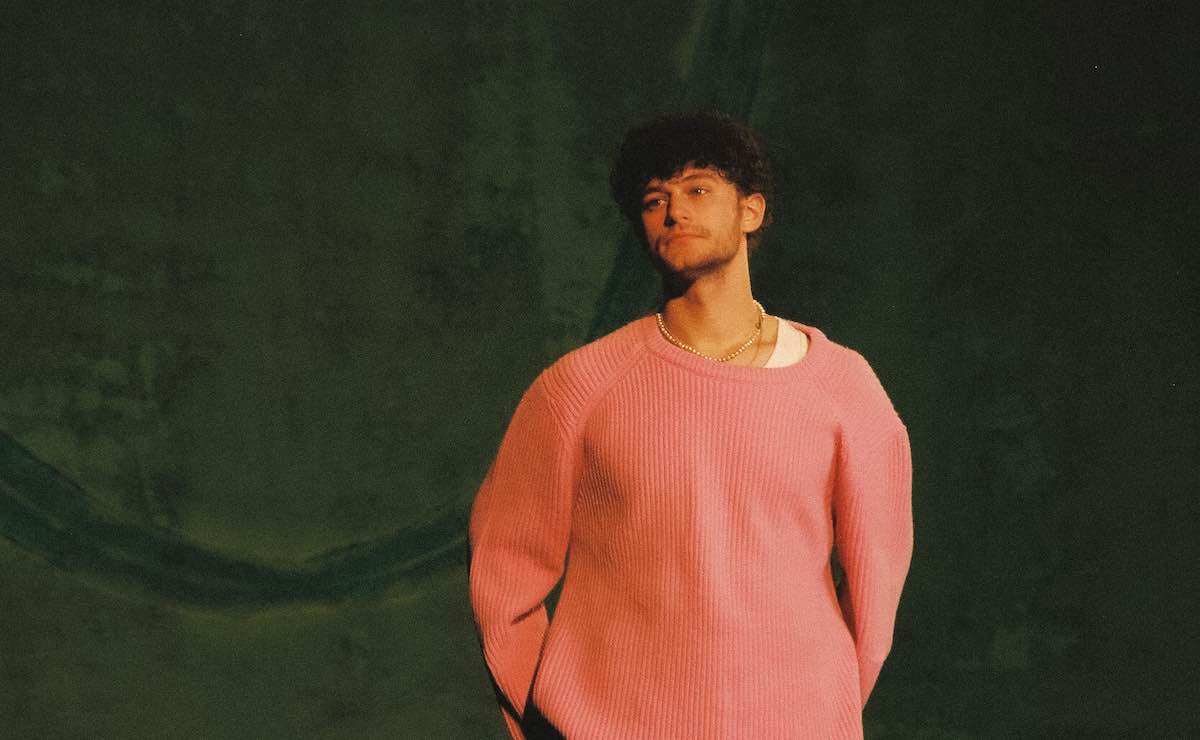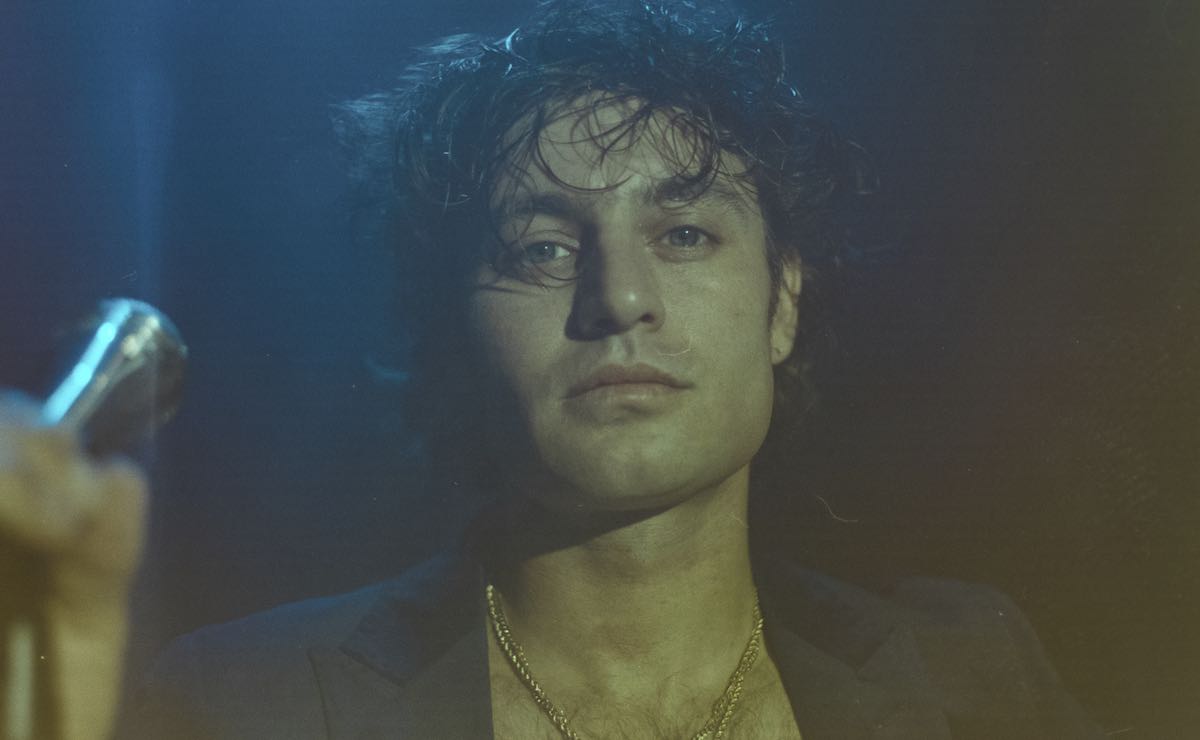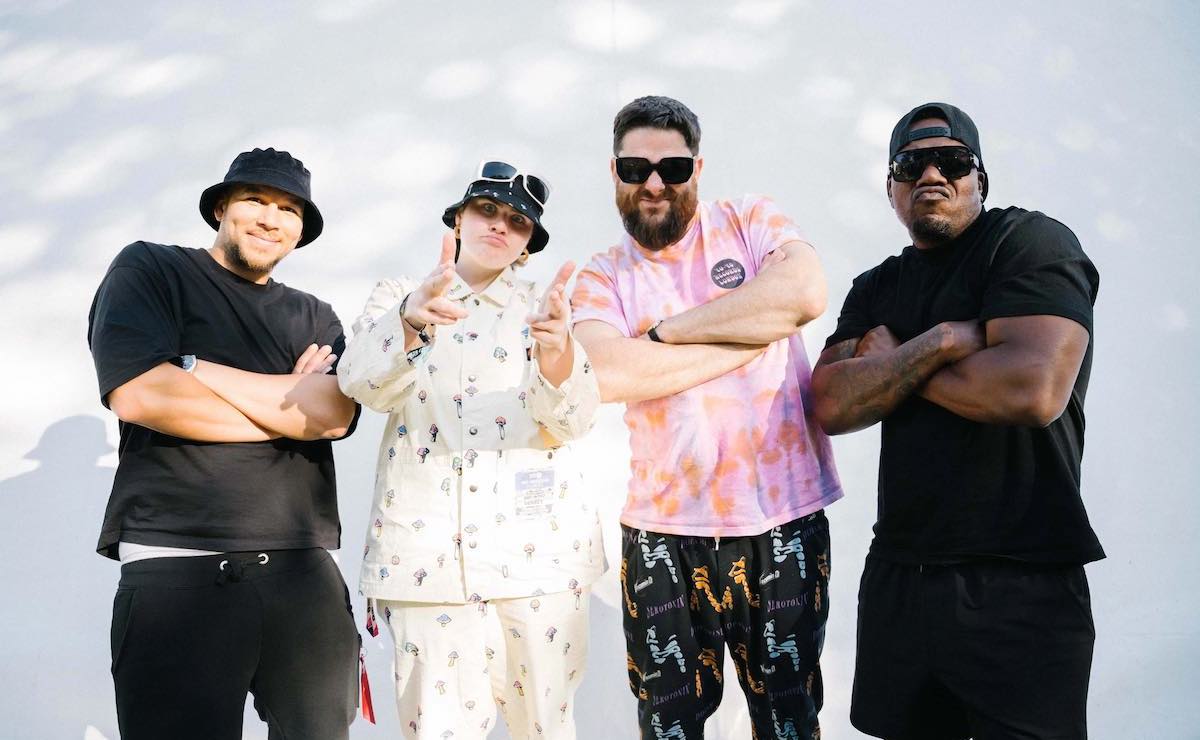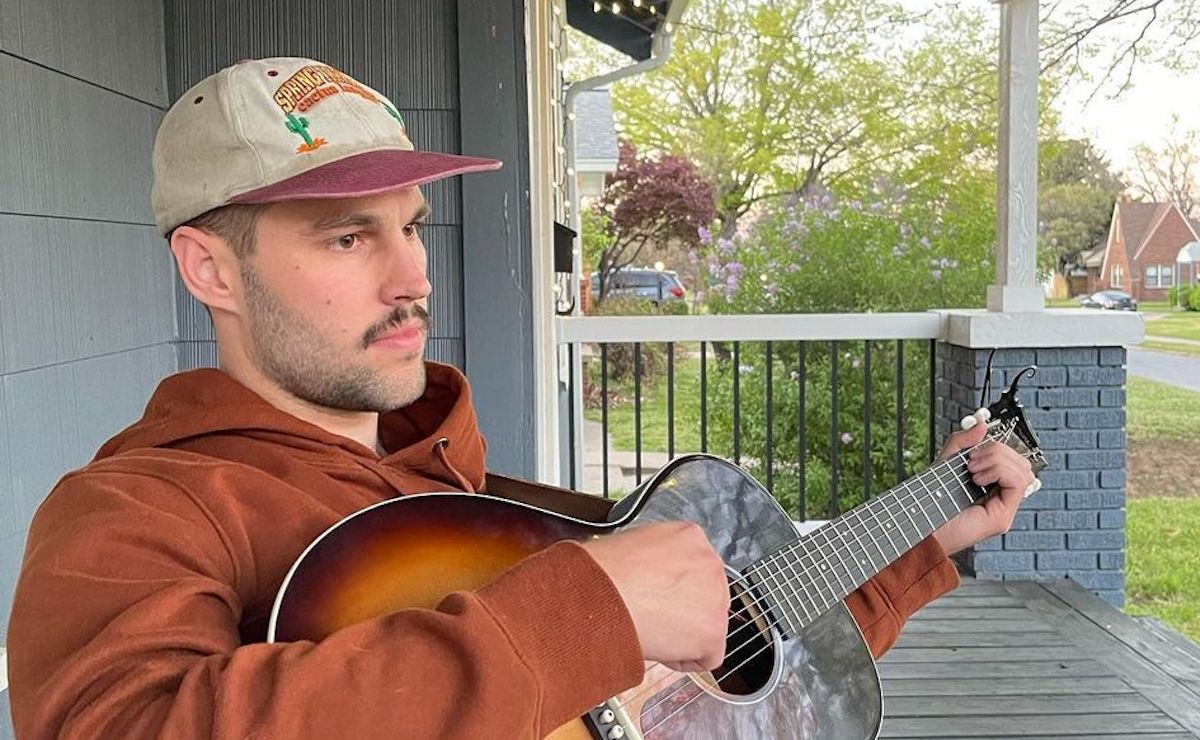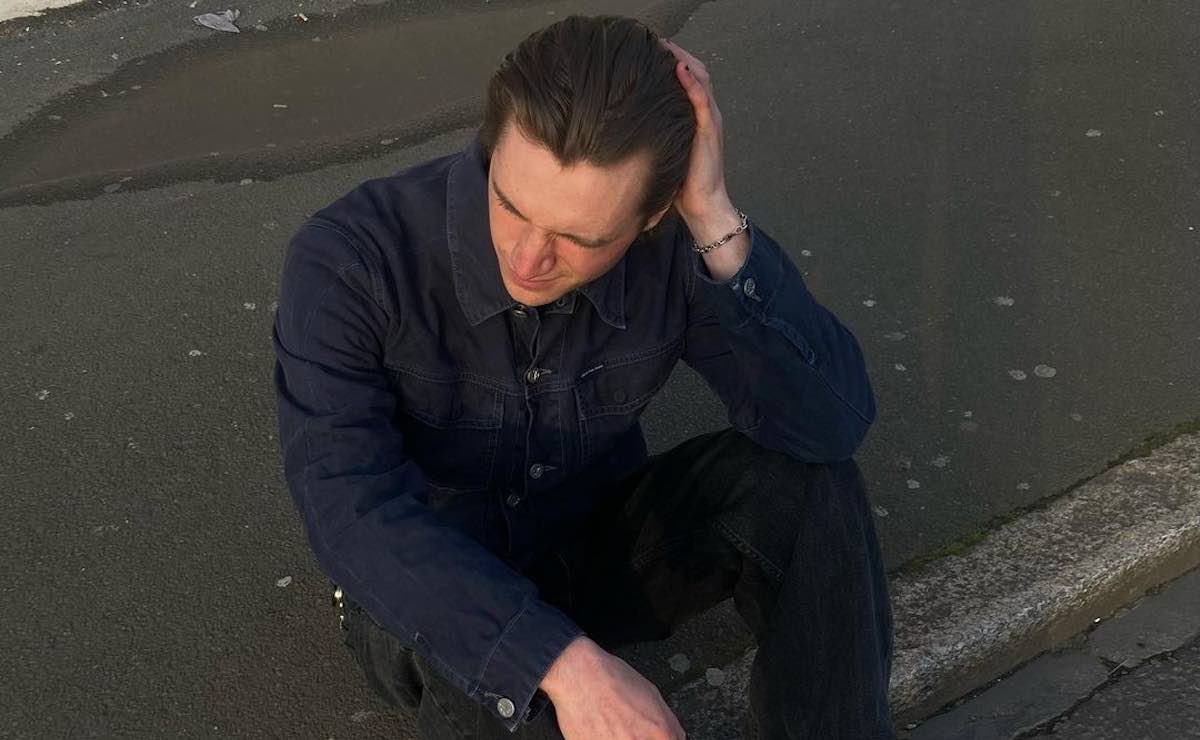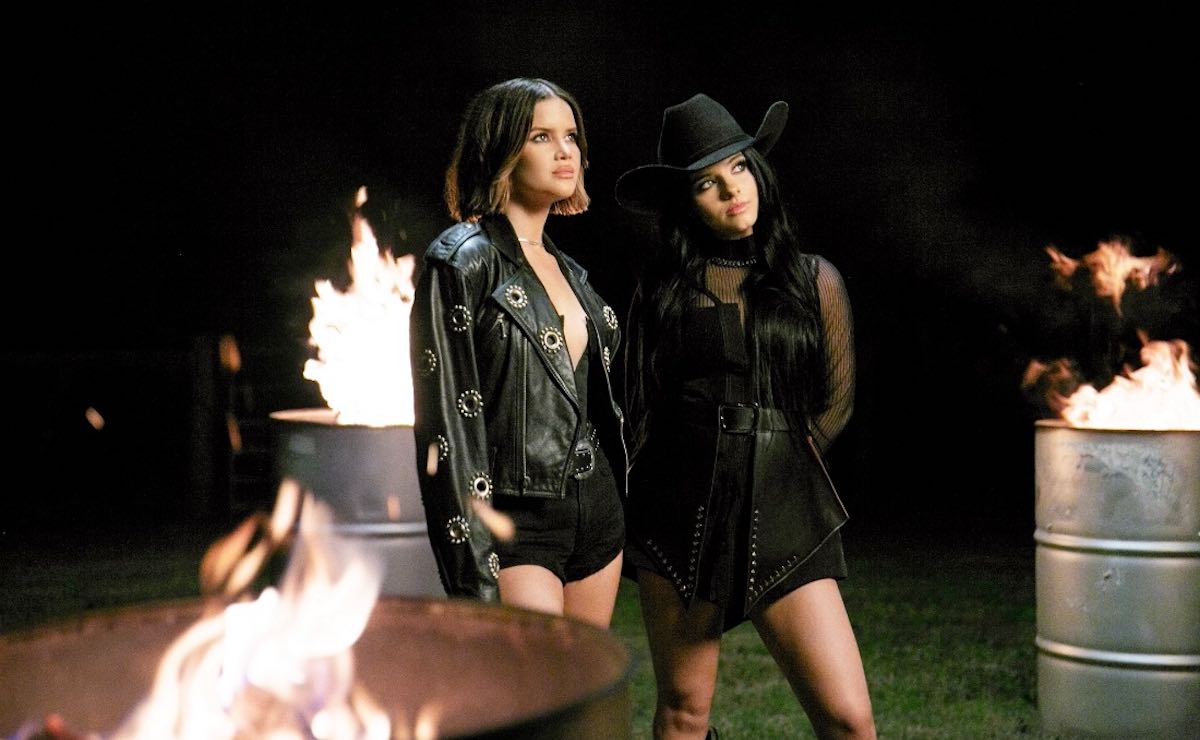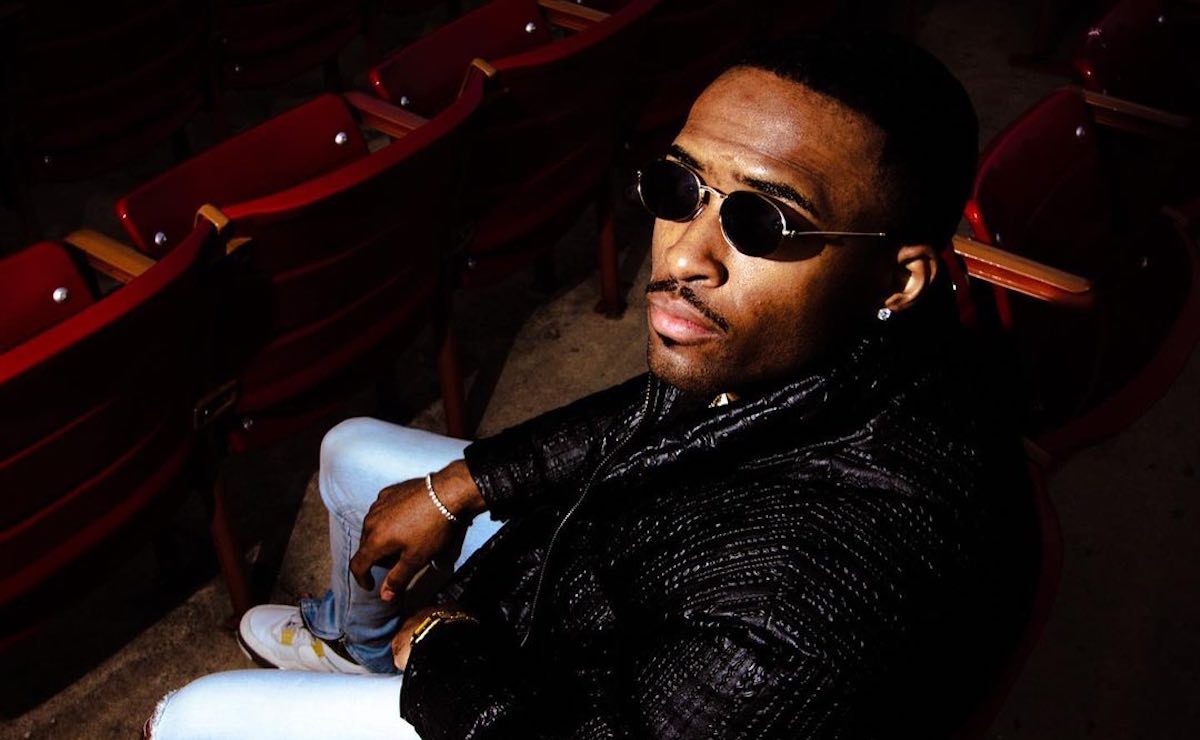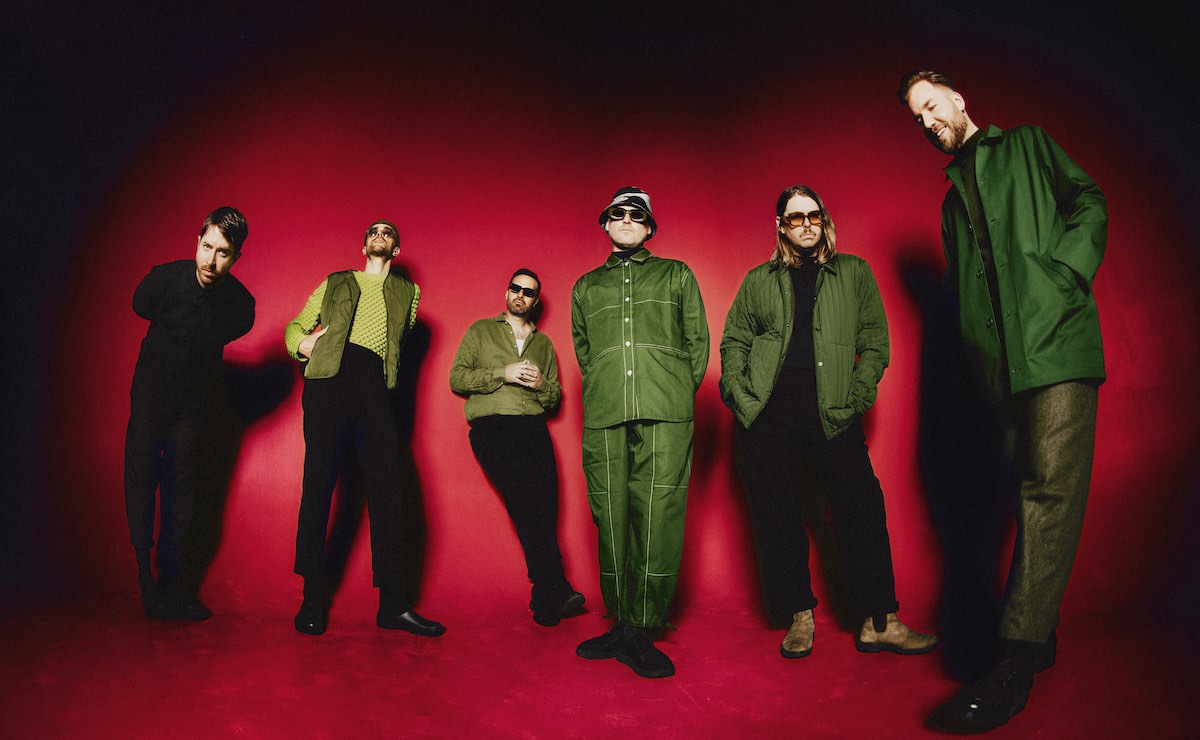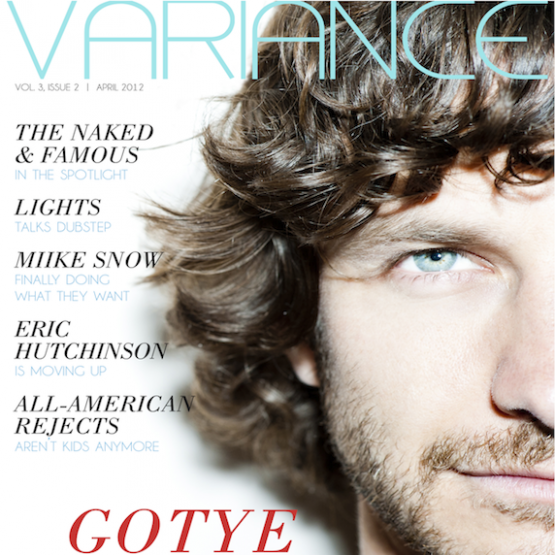 Editor's Note: The following is an excerpt from this month's cover story featuring the musical phenom Gotye.
Editor's Note: The following is an excerpt from this month's cover story featuring the musical phenom Gotye.
Belgian-Australian artist Gotye's (born Wouter De Backer) single “Somebody That I Used to Know” (off his third album, Making Mirrors) has risen to Top 10 positions on charts in Australia, Austria, Belgium, Canada, Germany, New Zealand, Poland, Switzerland, the United Kingdom, the United States and a host of other countries no one knew had a taste for Aussie music.
The irony is that De Backer almost moved on with the record without “Somebody.” Finding the perfect female vocals—eventually provided by New Zealand singer-songwriter, Kimbra--was taking too long, he says. “I had already waited over two years so there were moments where I thought it just wasn’t meant to be. It probably would have been a different story had I not waited,” he adds.
That story may have been less flashy, but as for what would happen if “Somebody” hadn’t made the track list, De Backer is content to think that business as usual would have been okay. “I reckon I probably would have put up a lot of money for the record trying to release it independently,” he speculates.
Despite its universal theme of broken relationships, “the song is perhaps peculiar and coming from a strange place for a pop hit,” De Backer admits.
His four-week stateside tour is totally sold out and several shows have already graduated into larger venues than originally planned. His success is mounting stratospherically and fans the world over are lending him eyes and ears. Following his first television appearance in the States on Jimmy Kimmel in February, the artist will make his debut on Saturday Night Live later this month. “[SNL has] never been broadcast on Australian television so I don’t think [Auss- ies] appreciate the cultural relevance of that show,” he notes. “It’s sort of one of the premier pop culture shows in the United States.” With opportunities like this coming at him left and right— “Somebody” will also be covered on the spring premiere of Glee on April 10—De Backer is getting a rich taste of American culture and music.
“The American music scene allows for artists to create a loyal following and never quite become what might be considered mainstream but still be successful. That’s not really possible in Australia,” he observes. “It’s interesting in America because you have so many types of music and even cities. There are no real hot spots for music [in Australia] like you have here in the States.”
De Backer is experiencing many of these “hot spots” as he rides the proverbial wave of new international music pouring into the United States. He has found tremendous success and seems destined to change the rules about what makes good pop music—very much like Adele.
“You have these interesting times where different sounds start to grab the attention of the powers that be or radio execs decide that this is rock right now or pop right now,” De Backer observes. “I think a large group of people are sick of the highly sexualized, auto-tuned pop or really heavy R&B that has defined the American pop landscape for a while now. Yeah, there have been other artists in different genres but many haven’t poked through because of the pop success formula. I think it’s great, Adele’s success, because labels have been more open to music that is more organic-sounding or doesn’t fit into the current pop mold.”
That mold is changing in large part due to international artists becoming more accessible to American consumers via the Internet. De Backer’s own video of “Somebody” is the perfect example, with more than 131 million views in the eight months since its release. The video’s success, plus a couple of key Twitter endorsements from social media maven, Ashton Kutcher, and Brit-rocker, Lily Allen, have opened America’s arms wide for De Backer and a host of other artists across the pond.
But with the accessibility and “free”dom of the Internet comes the inevitable question: how are artists supposed to get paid? “When you look at royalties based on what artists get paid from services and subscriptions like Spotify, you have to have a really sizable audience streaming your music many, many times before that translates into whatever millions of cents you get and before it results in someone deciding they like the song enough and that they’re prepared to pay a dollar,” De Backer points out. “That kind of model does undercut artists because of what it still costs to make records...but at the same time, I can’t imagine disallowing people the chance to hear what you do, making it more inconvenient for them to discover your music.”
It’s a Catch-22 that every artist is looking square in the eye these days. But on a more nostalgic note, De Backer is joining hundreds of other indie artists in fully embracing the resurgence of an old medium that leaves no question about rights or cost or accessibility: vinyl.
“It’s an important medium for music and it is probably the medium that should continue.” De Backer insists. “I think it sounds better than CDs. Really, all the fodder the music industry put out in the mid-80s about CDs being indestructible and endless; it’s not true. Analog media—like vinyl—will last decades longer than a CD if you take care of them, long after a CD can’t be read anymore. It’s a pure medium.”
De Backer’s enchantment with vinyl began with the extensive collection he received from a neighbor as a teenager, most of which he still owns. “Vinyl has a great sense of romance to it,” he adds. “I think, in the future, music should be released just digitally and on vinyl and CDs will be gotten rid of and we can stop wasting resources on them, those little shiny discs!”
Read the full story and more in the April issue of Variance.





